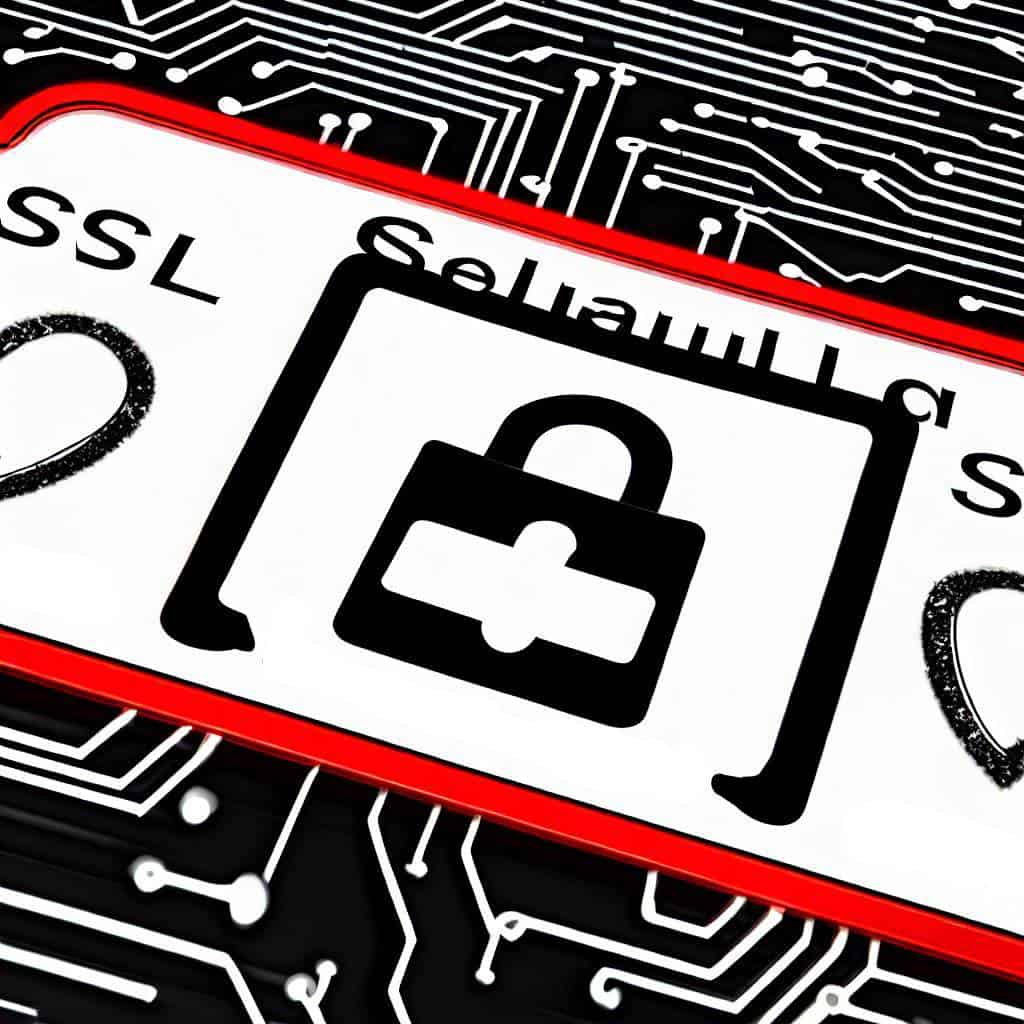SSL (Secure Sockets Layer) Certificate
An SSL (Secure Sockets Layer) certificate is a digital certificate that establishes a secure connection between a web server and a web browser. It encrypts the data transmitted between the server and the browser, ensuring that it remains private and protected from unauthorized access.
Here’s why an SSL certificate is important:
1. Data Security: An SSL certificate encrypts sensitive information such as login credentials, credit card details, and personal data, preventing hackers from intercepting and deciphering it.
2. Trust and Credibility: When a website has an SSL certificate, it is displayed as “HTTPS” in the browser’s address bar, along with a padlock symbol. This visual indication assures visitors that their connection is secure and that the website can be trusted.
3. SEO Benefits: Search engines like Google prioritize websites with HTTPS in search results, as it is considered a ranking factor. Having an SSL certificate can improve your website’s visibility and search engine rankings.
To obtain an SSL certificate for your website, follow these general steps:
1. Determine the type of SSL certificate you need: There are different types of SSL certificates available, such as domain validation (DV), organization validation (OV), and extended validation (EV) certificates. Choose the one that suits your needs.
2. Choose a reputable Certificate Authority (CA): A CA is an entity that issues SSL certificates. There are several trusted CAs available, such as Let’s Encrypt, Comodo, DigiCert, and Symantec. Research and select a reliable CA.
3. Generate a Certificate Signing Request (CSR): A CSR is a file containing your website’s information, which you provide to the CA. The CA uses this information to create your SSL certificate. Most web hosting providers have tools to generate CSRs.
4. Submit the CSR to the CA: Follow the CA’s instructions for submitting the CSR and completing any verification process they require.
5. Install the SSL certificate: Once the CA approves your request, they will provide you with the SSL certificate files. You need to install these files on your web server. Your web hosting provider or IT team can assist you with this step.
6. Test and verify the SSL certificate: After installation, verify that the SSL certificate is functioning correctly. Test your website to ensure it loads over HTTPS and that there are no security warnings or errors.
It’s worth noting that some web hosting providers offer integrated SSL certificate solutions or partnerships with CAs, making the process more streamlined. Additionally, some CAs, such as Let’s Encrypt, provide free SSL certificates, while others may charge a fee depending on the type of certificate and level of validation required.

